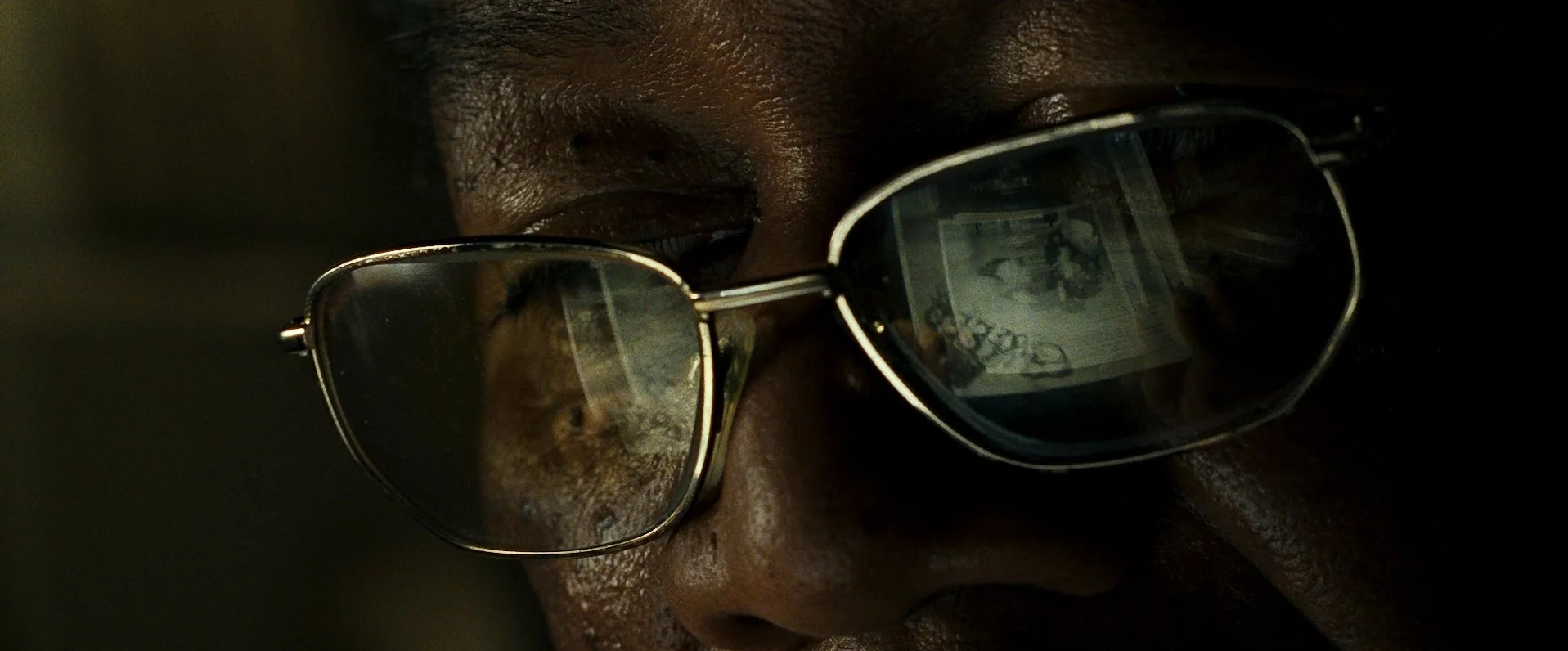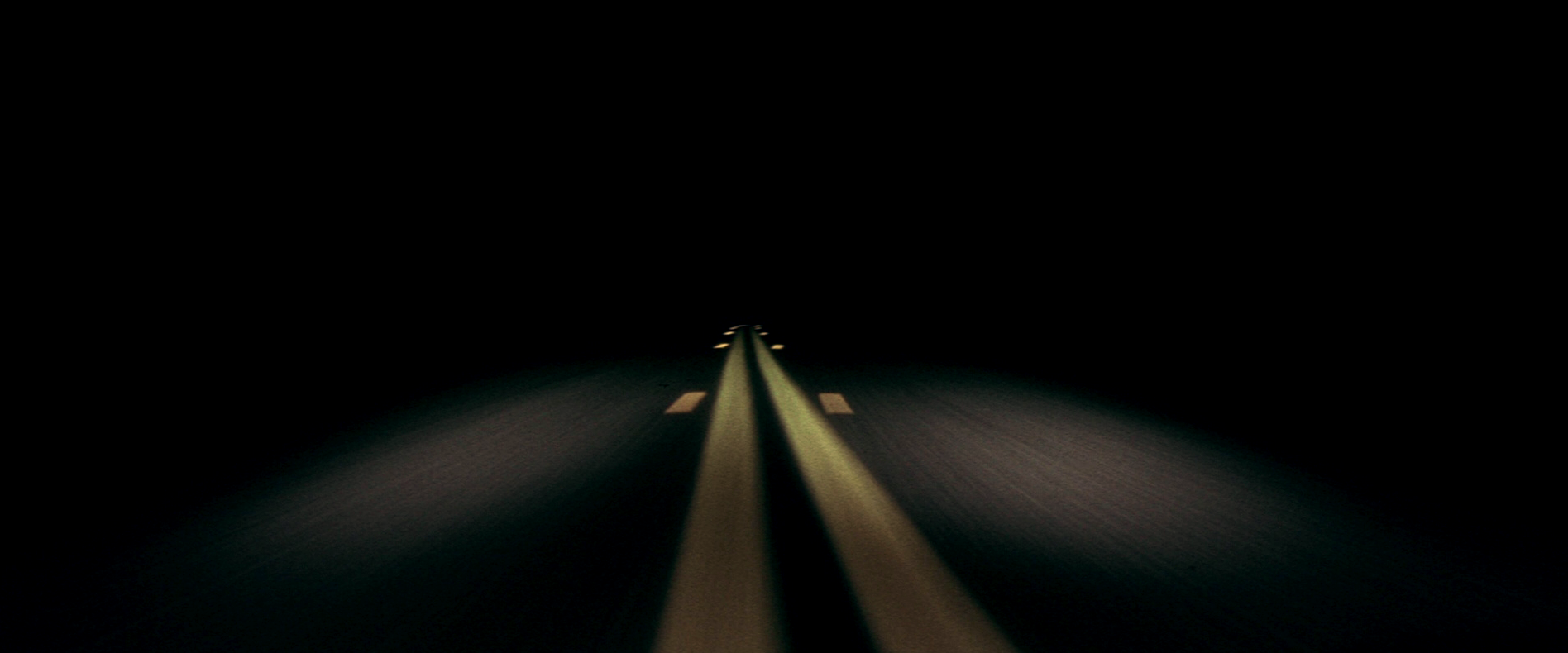THE DEVIL's doorbell
•
MURDER OF Lita McClinton
•
THE DEVIL's doorbell • MURDER OF Lita McClinton •
Let’s Uncover the truth.
A killer on the loose, and a story that deserves to be told.
It's a story of contrast. Darkness envelops light.
We are the ones to bring it to life.
Emotion IN color
Emotion is the color, the screen is our canvas.
Our color palette will tell the viewer subconsciously how to feel. Through the process of split toning, our shadows will have a slightly muted cool tone, while our midtowns and highlights will shift towards a level of warmth. Pops of color will be enticing, and keep us searching for more, but what does this mean for the viewer?
Cold tones often evoke a sense of detachment, unease, and introspection. Whereas, warm tones often evoke a sense of safety, comfort, and positivity. Creating a feeling of coziness and happiness. The juxtaposition here is important.
Cool vs Warm. Dark vs Light. Evil vs Innocent.
We will push color tones to either end of the color and light spectrum to convey our visual storytelling.
Our color palette will speak to the audience, & intentionality is key.
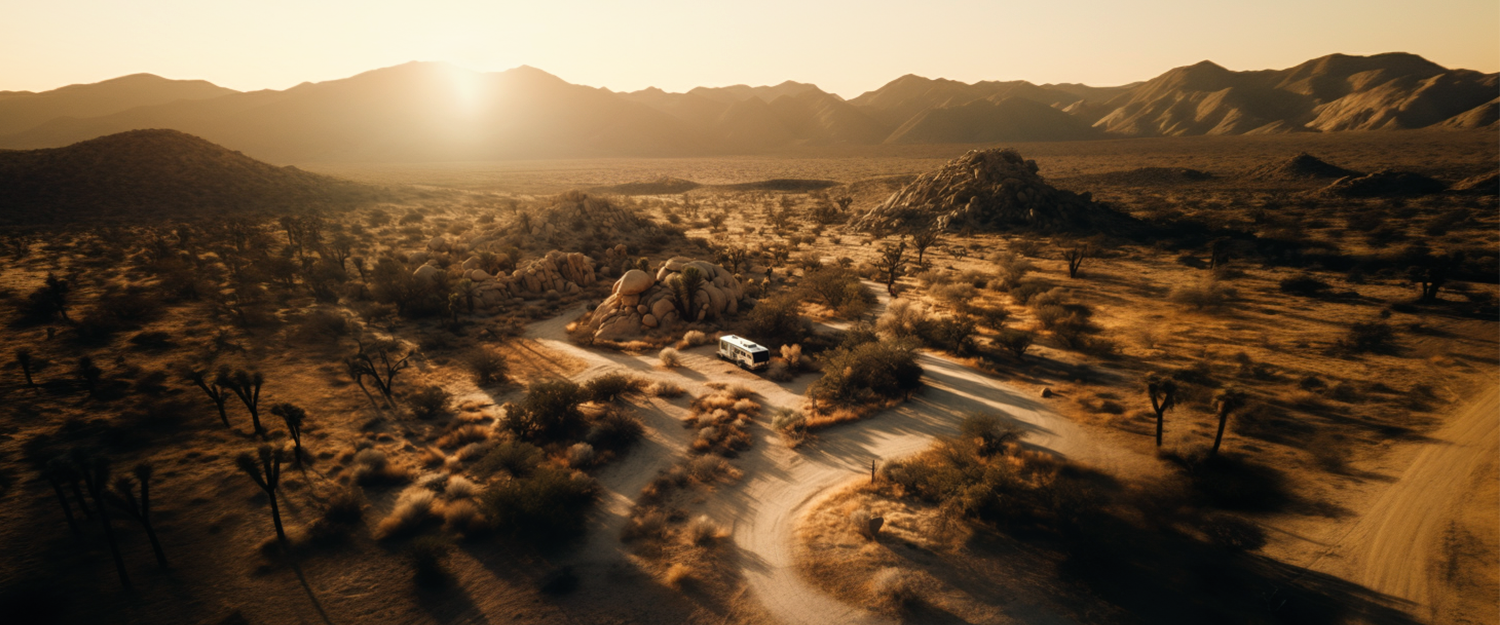
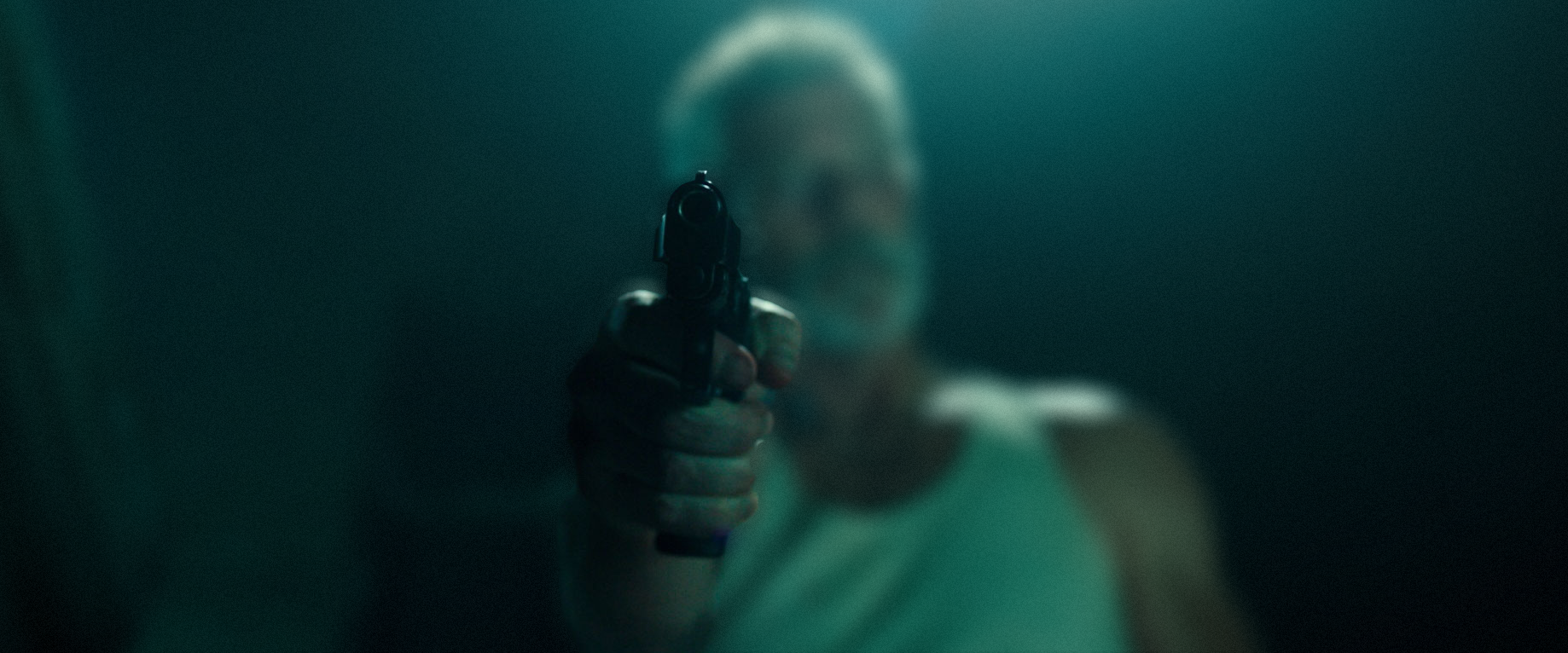


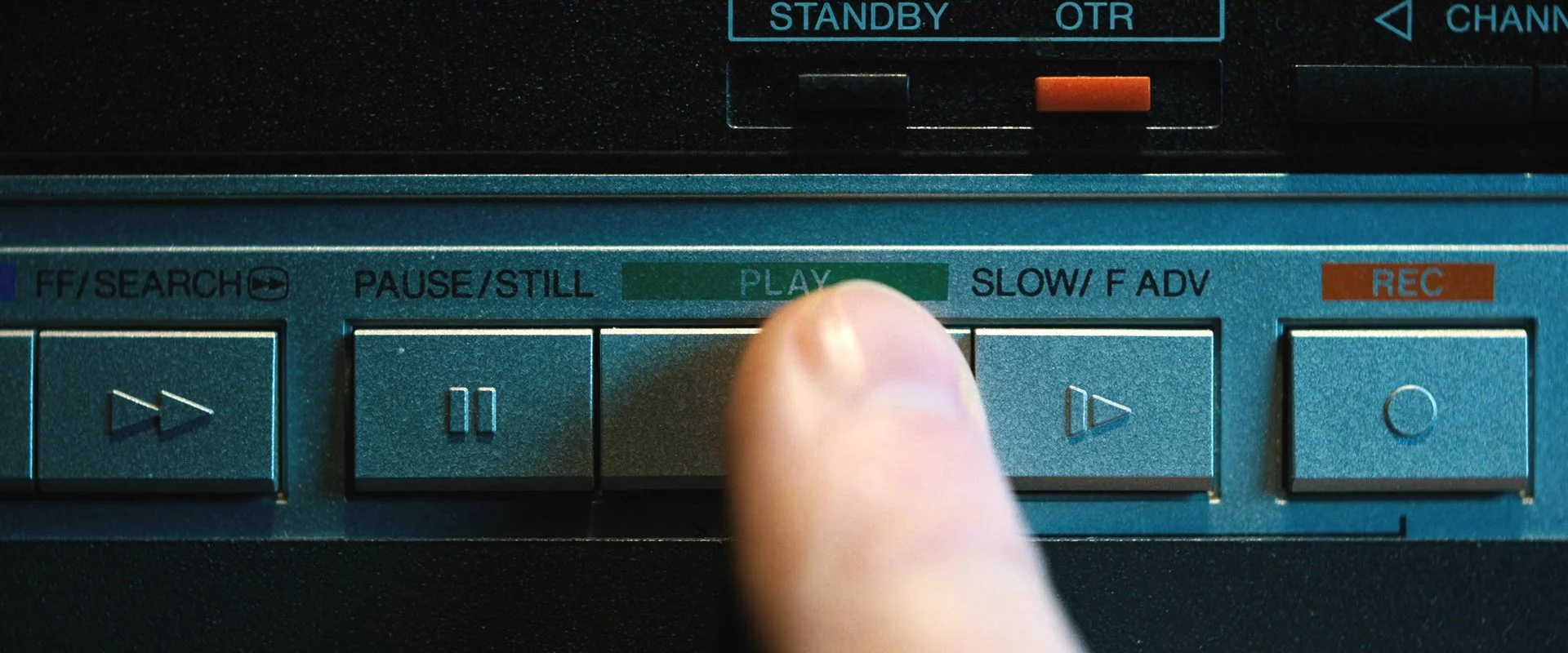
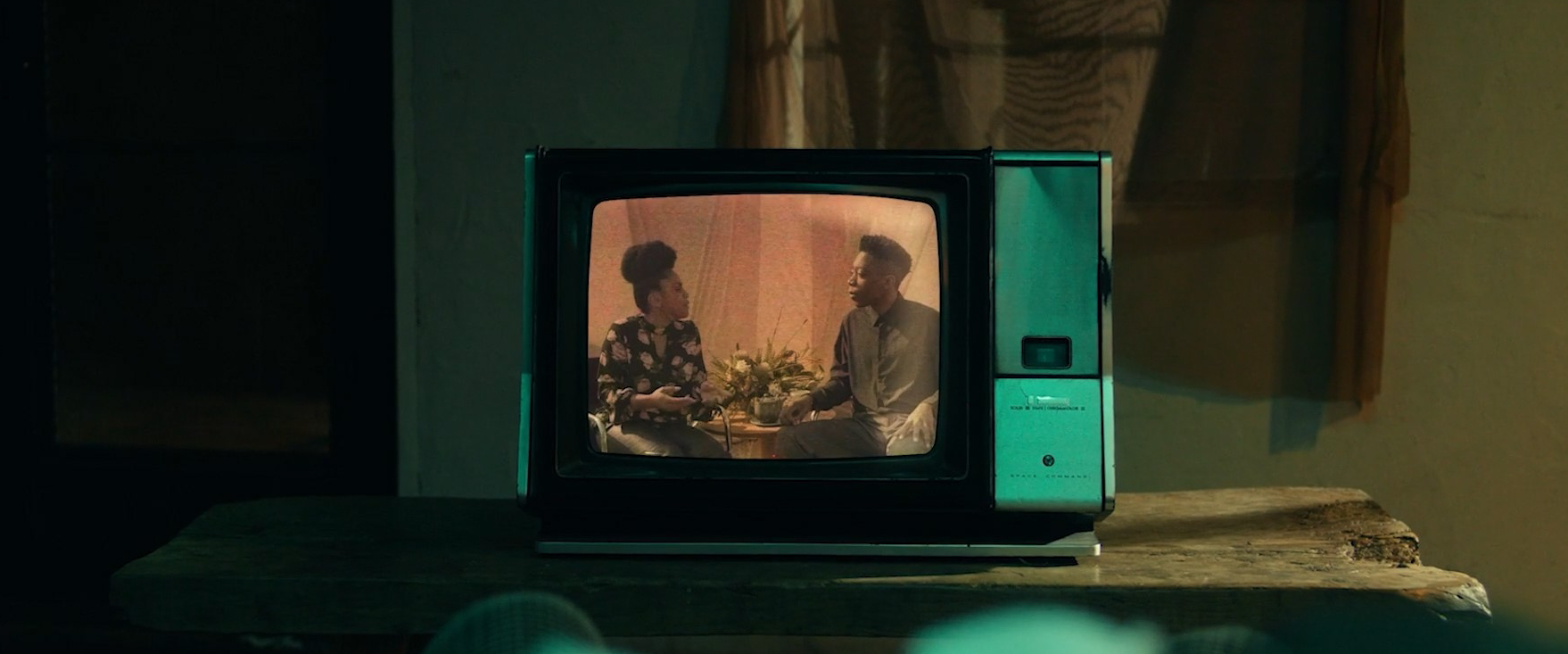
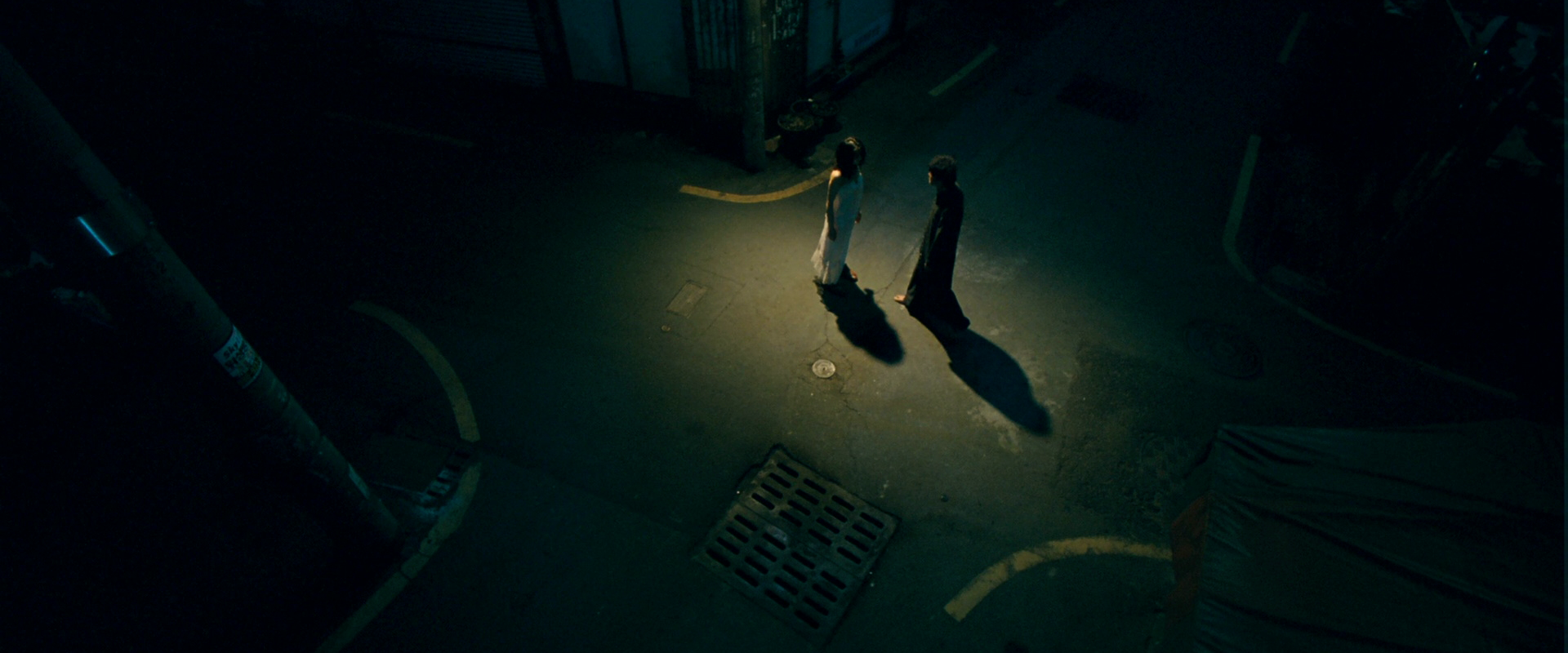
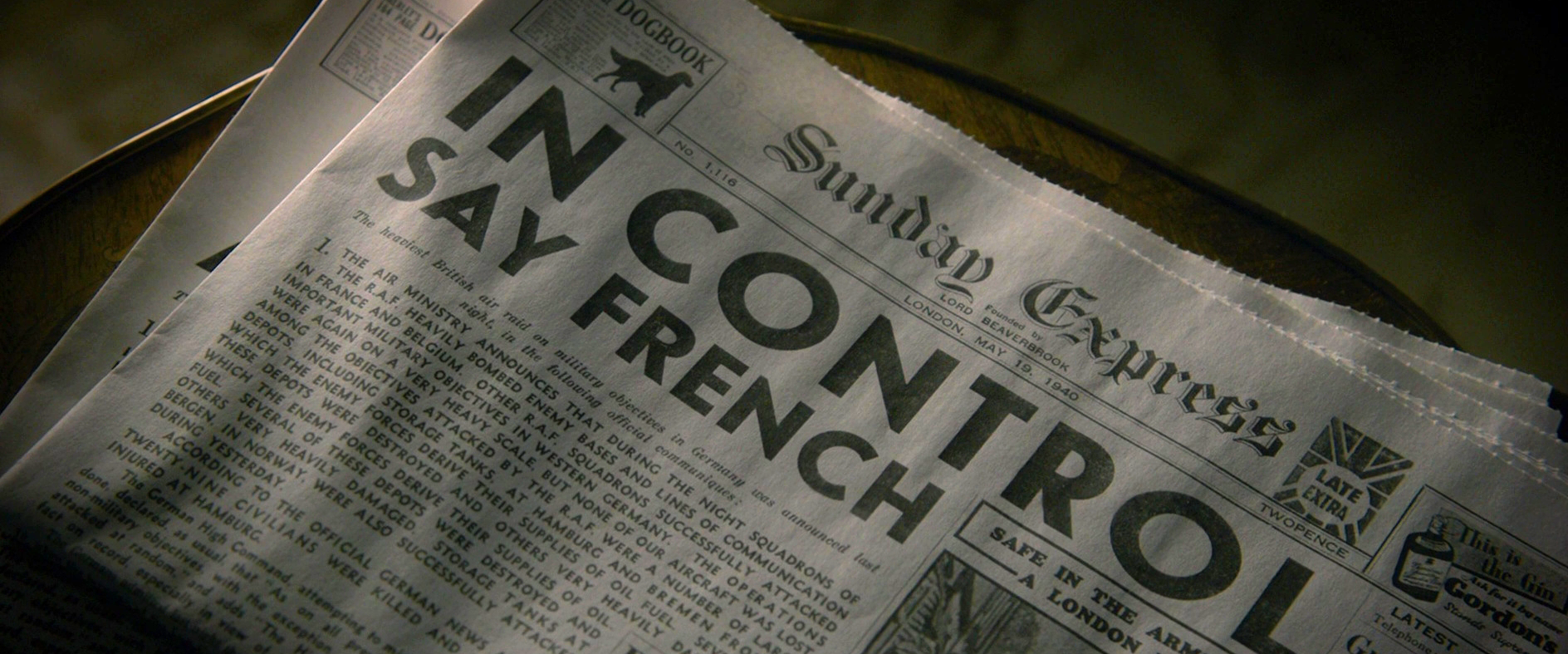
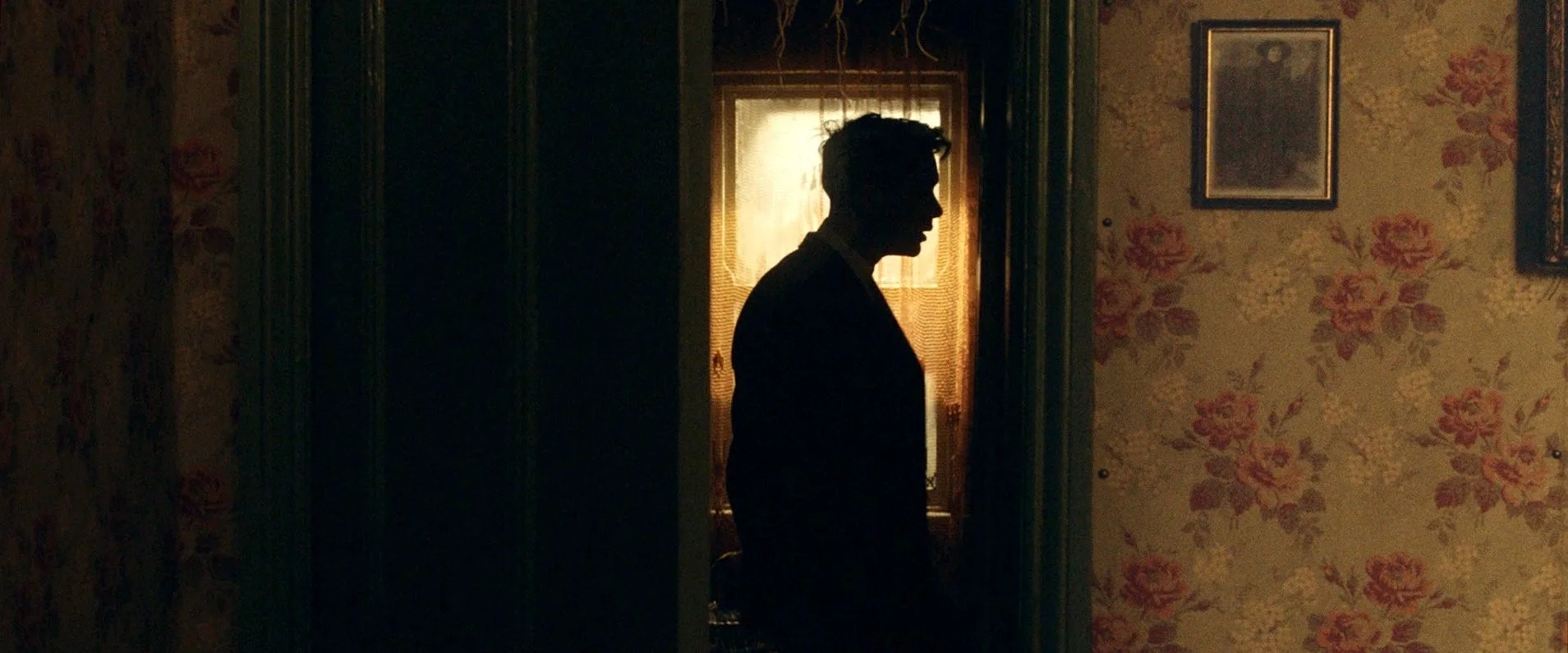


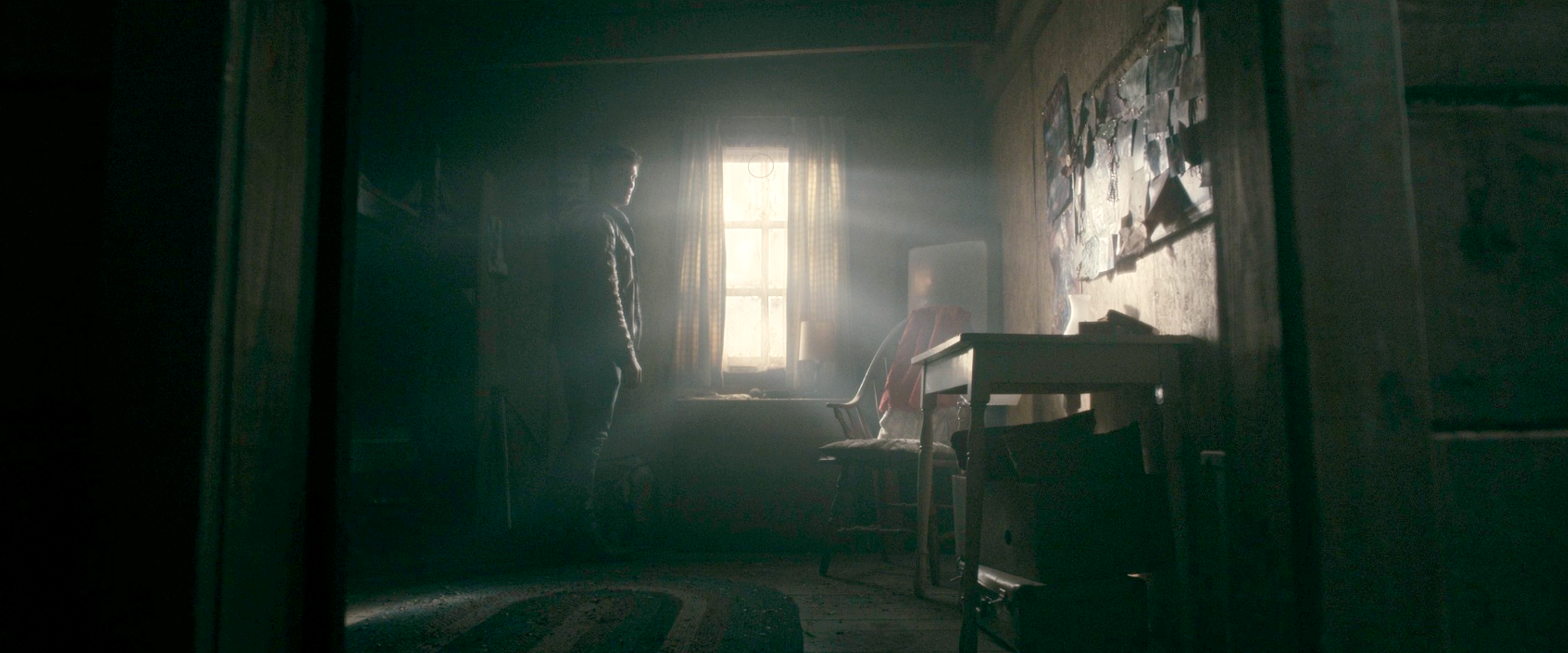

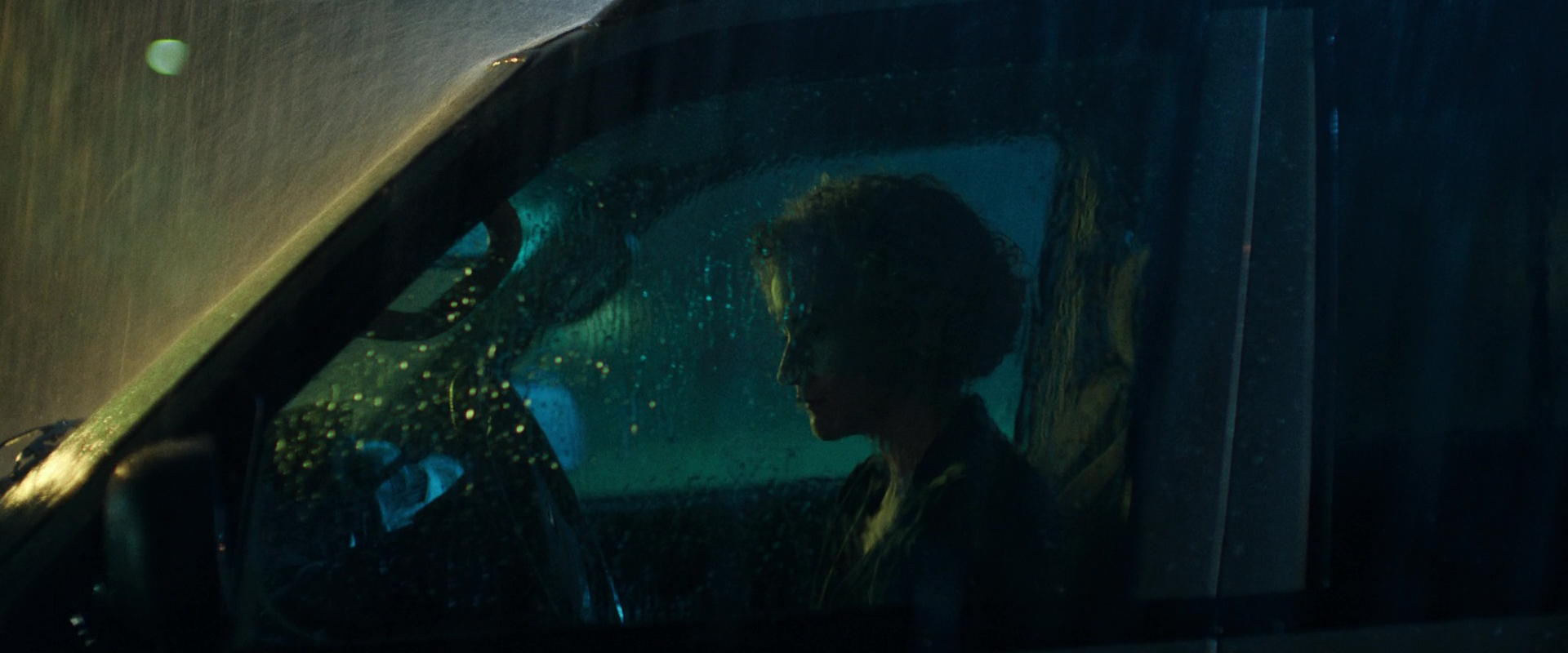
TIME TO REFLEct
Self reflection, meets emotional ties.
Abstraction is a beautiful thing, and leaning into this as a creative solution is fundamental. We won’t be able to rely on an abundance of archival footage, so creating intriguing & story driven B-Roll for this film is crucial.
We will hide the killer in the blurred background, or reflections of objects. His shadow moves through space while the viewer ‘hides’ just out of his reach. We are the personification of ‘if the walls could speak”.
Subtle and authentic.
By using abstraction, beautiful compositions and camera movement we will be carried throughout merging storylines.
Our visual style is unique, clever, and mysterious.
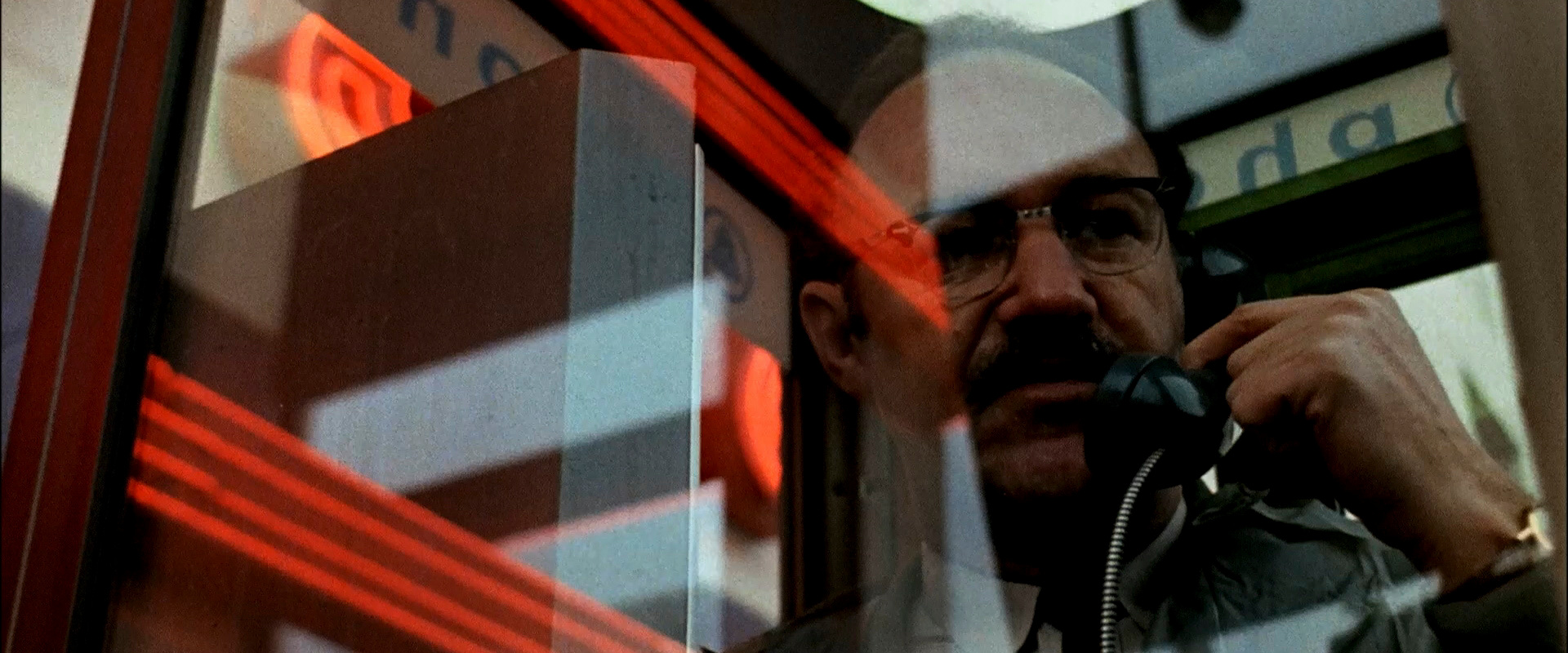
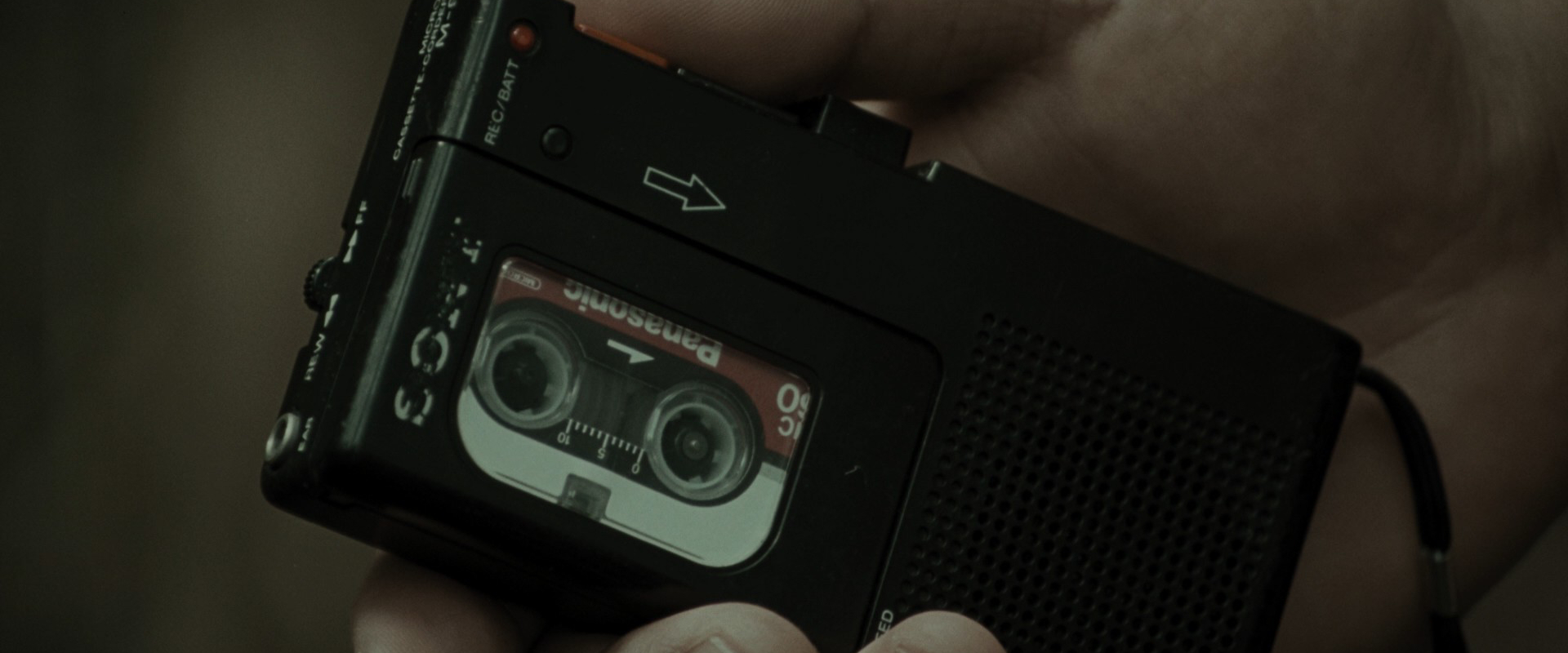



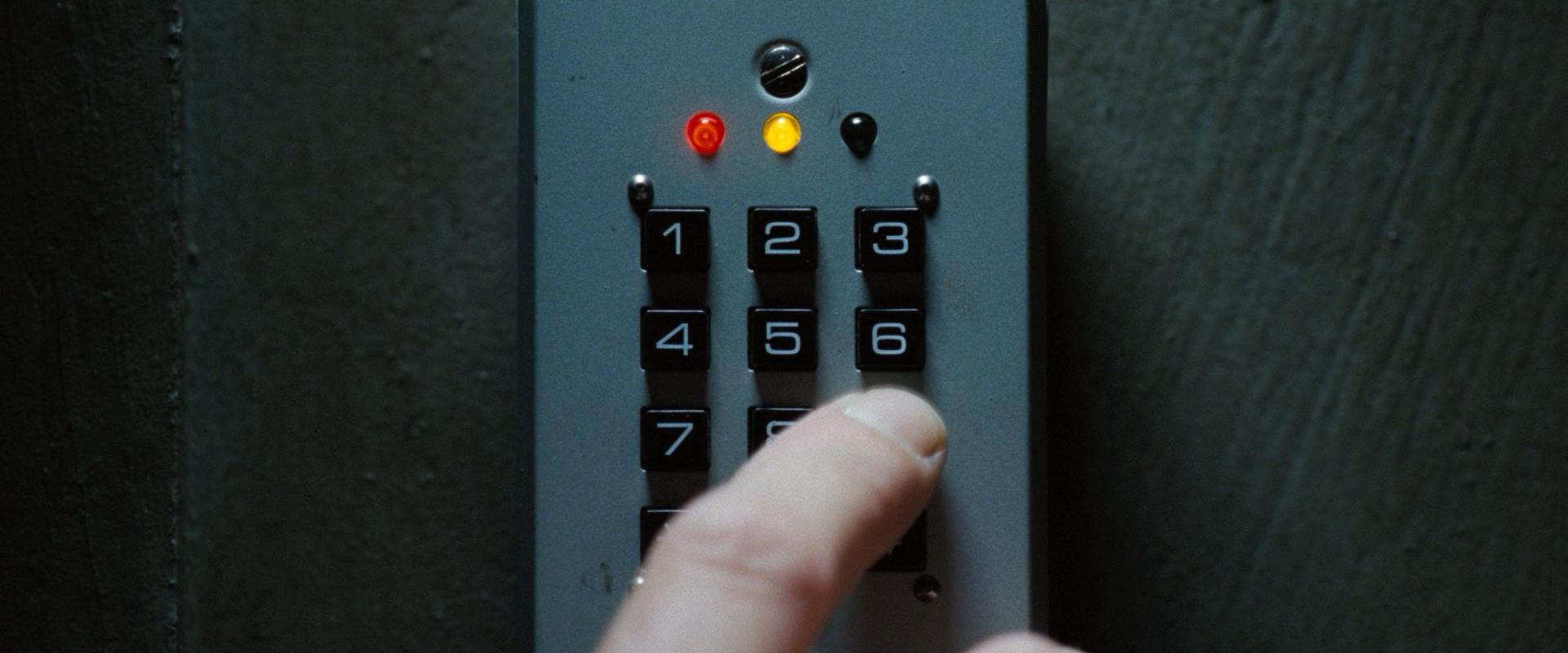
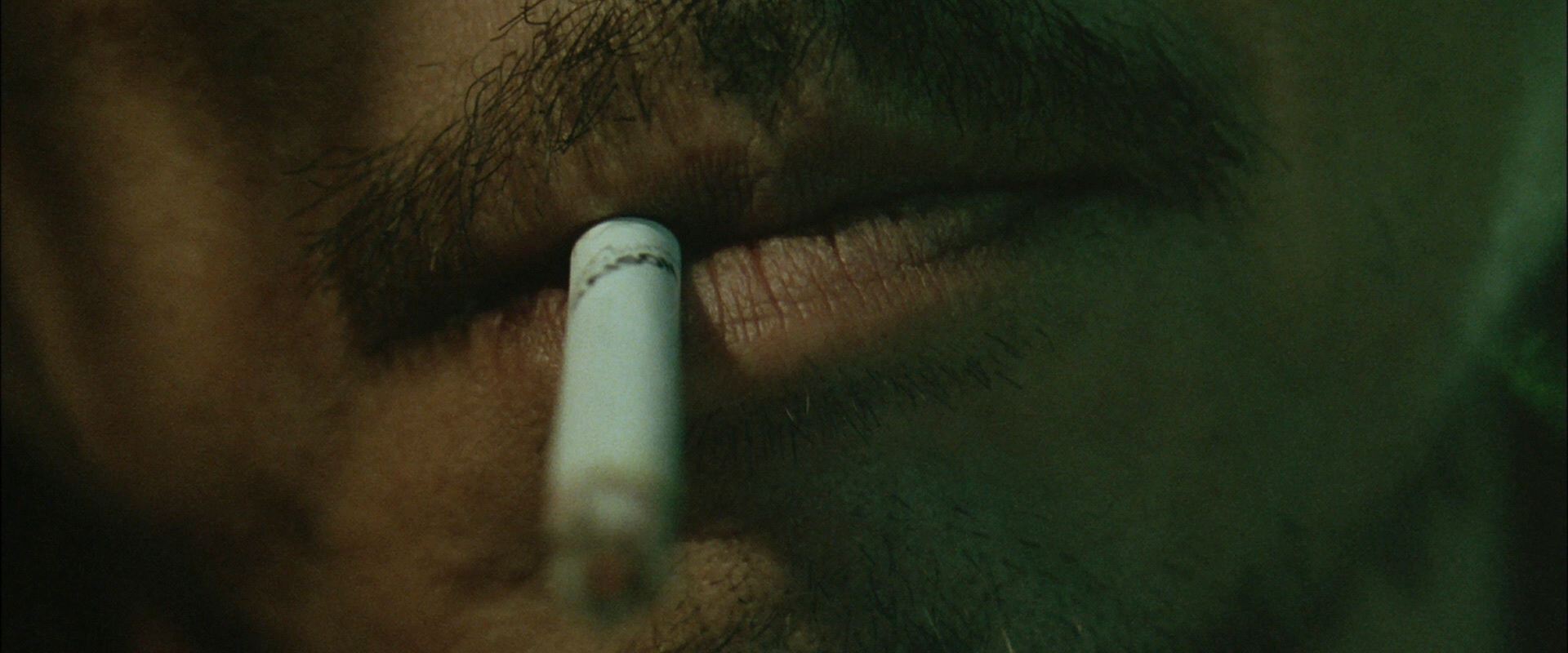
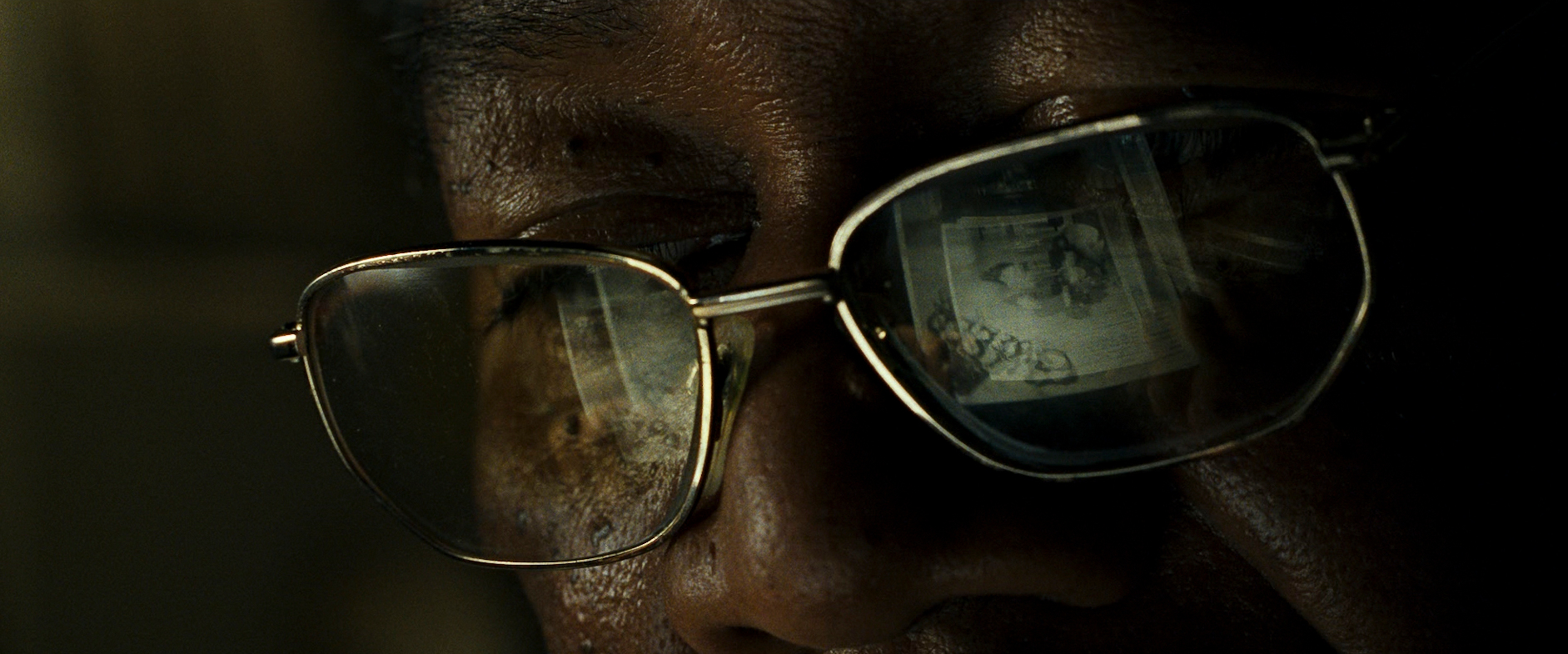
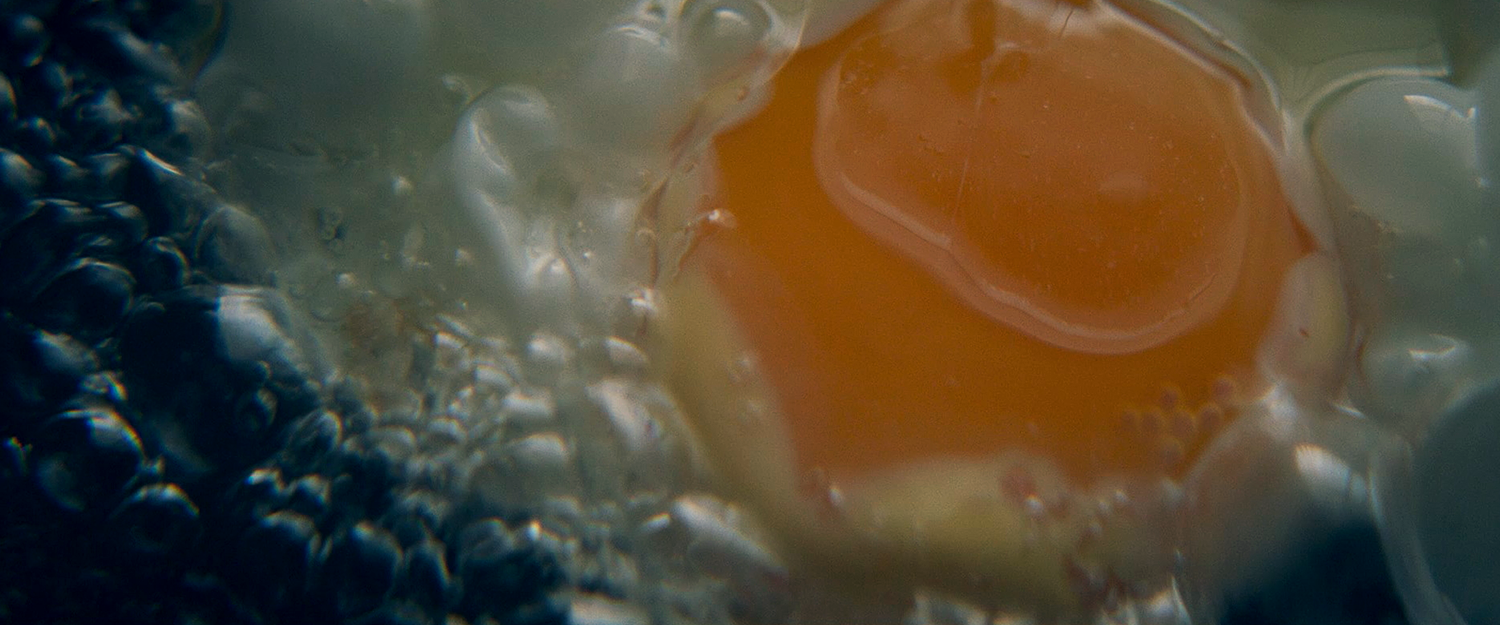


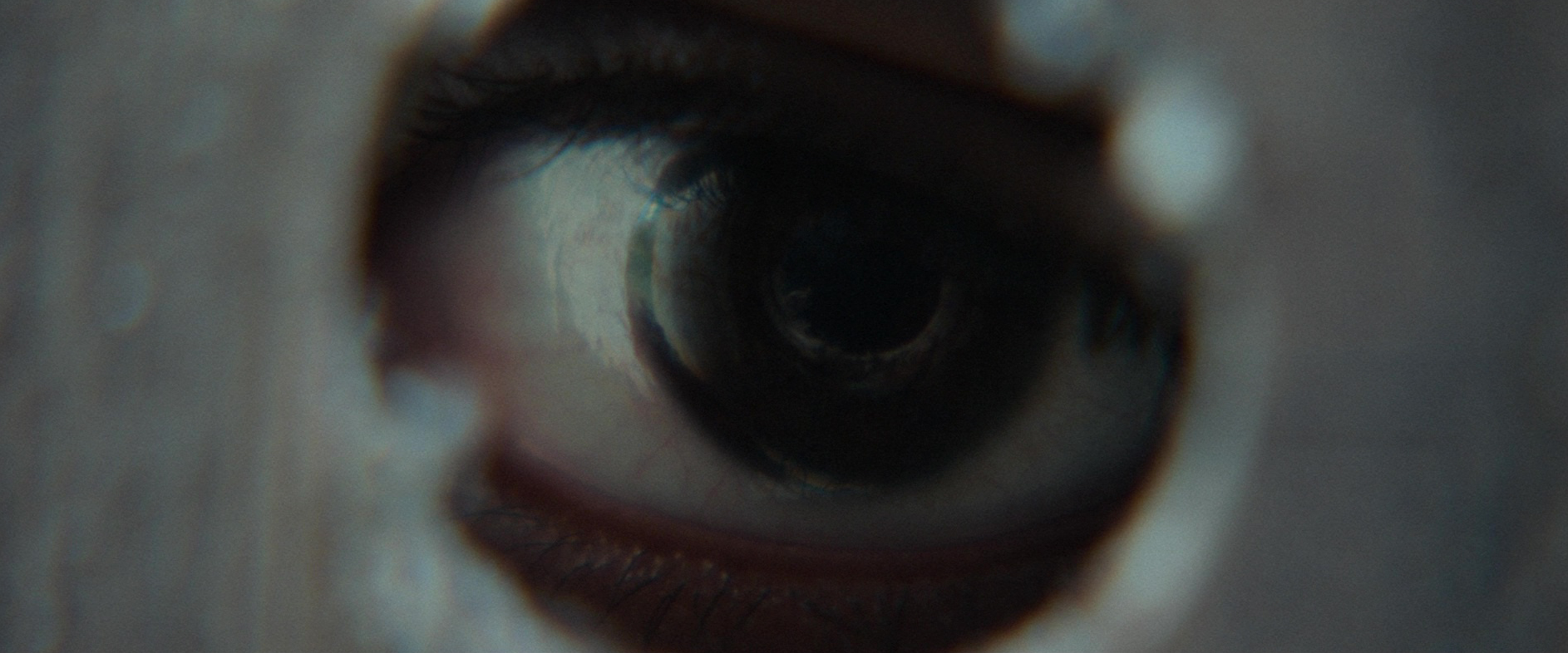
POWER IN PLACE
the way we paint our place resonates with our audience
Locations serve as the backdrop for our story, helping to establish the time, place, and atmosphere in which the narrative unfolds. We will be transported to the high desert, showcasing the wide expansive landscapes of Joshua Tree, all the way to textures that make each location unique.


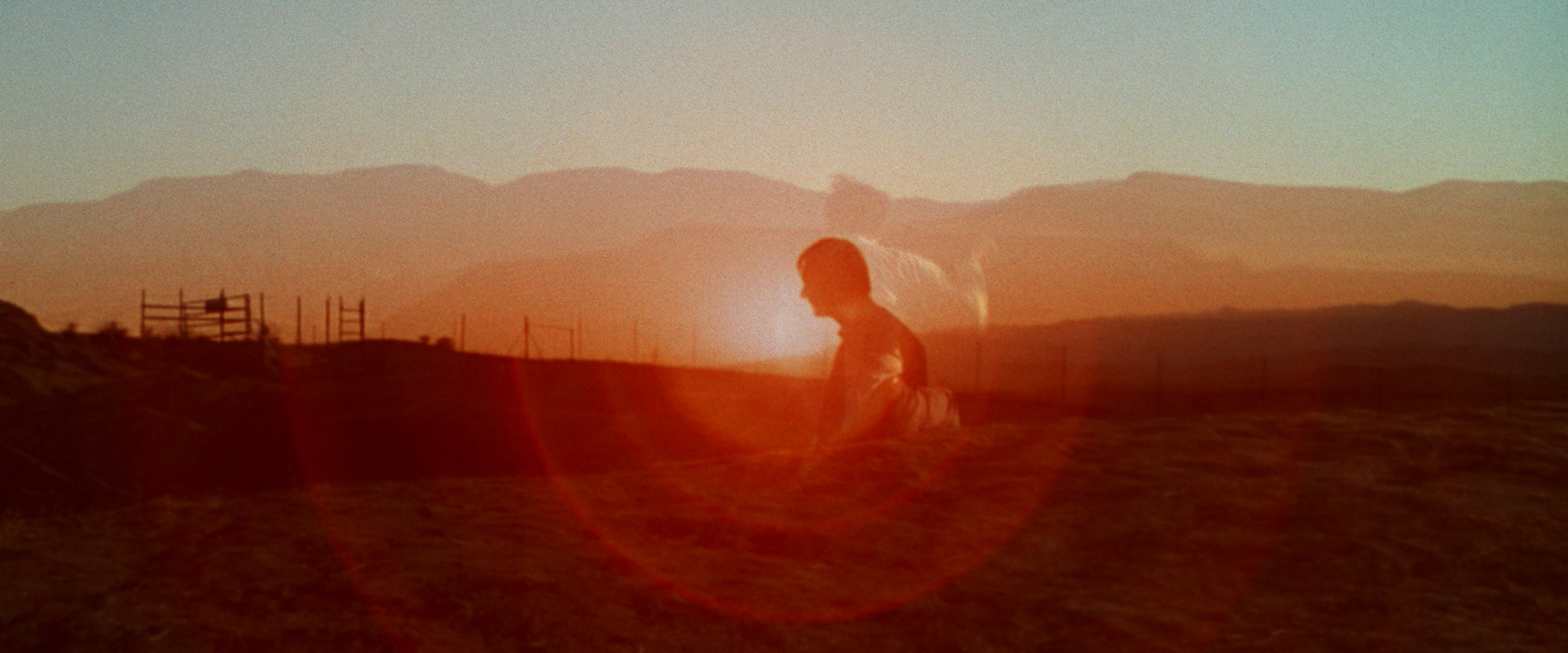






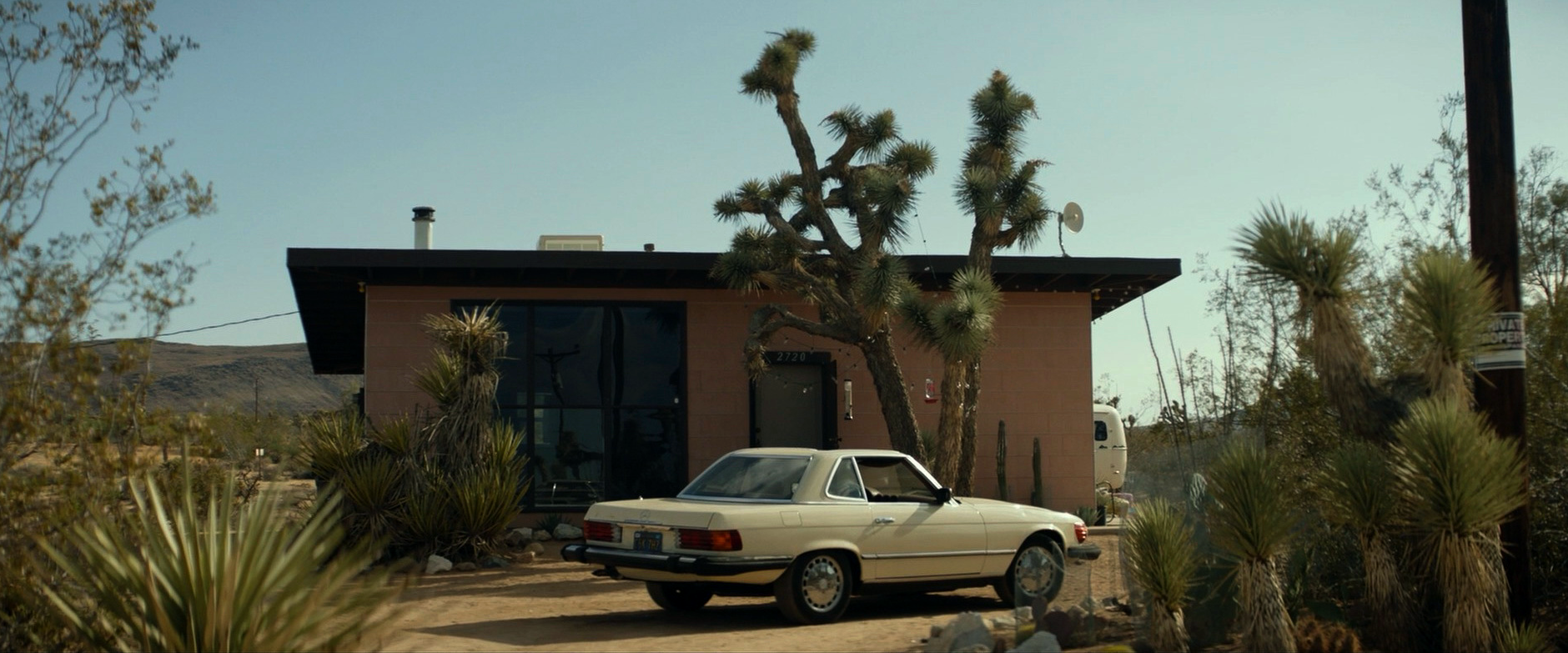
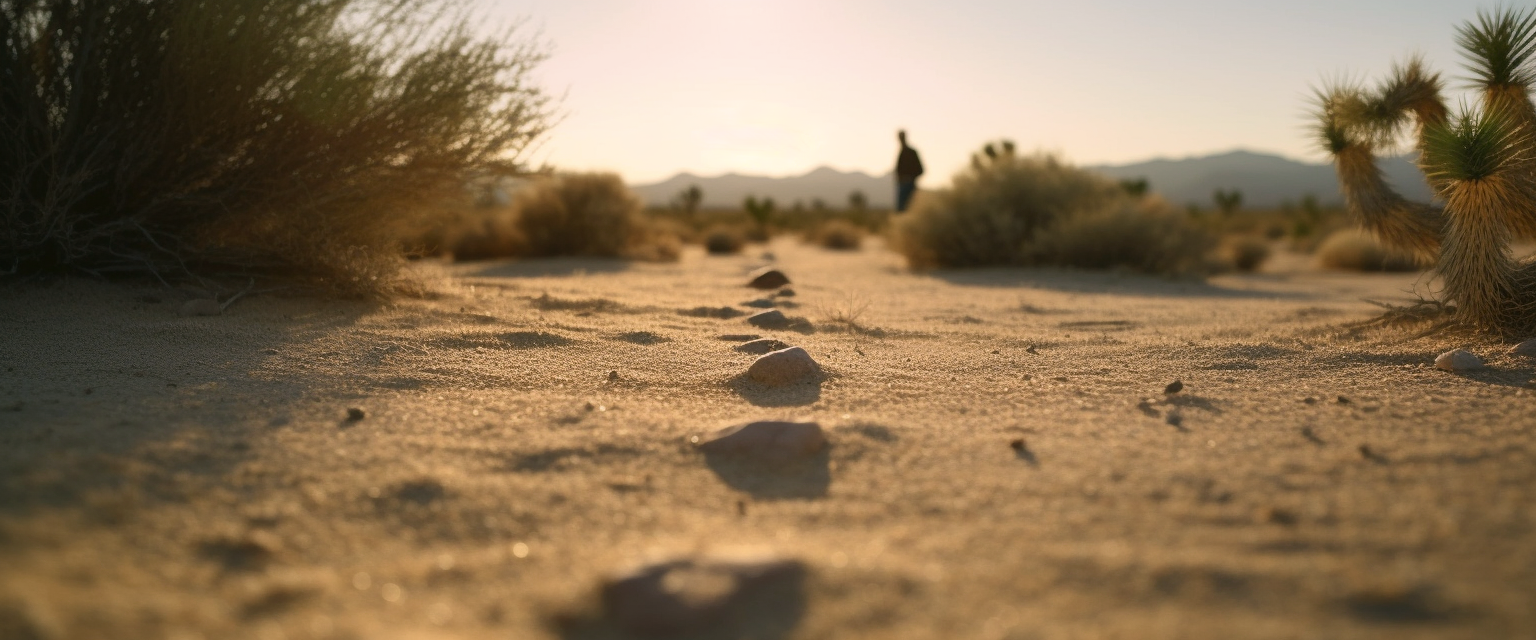

Connection with conversation
Connect our characters
Our interview strategy will be rooted in real connection. Instead of ‘interviews’ we will call them conversations. The main camera will be setup directly in-front of our subjects as their eye line looks directly into camera. We are able to accomplish this using by using a mirrored camera device, which allows the subject to see the director asking questions instead of the camera lens or crew members. The second camera angle will be positioned off-axis capturing a tighter angle of the subject for cutaways.
Symmetry portrays honesty, but we will use this to portray dishonesty as well. The second camera angle can be used as our ‘lie detector’. Creating unease is just a matter of changing the composition with our side angle.
This approach creates the most authentic connection with the subjects which allows the viewer to feel part of the story.






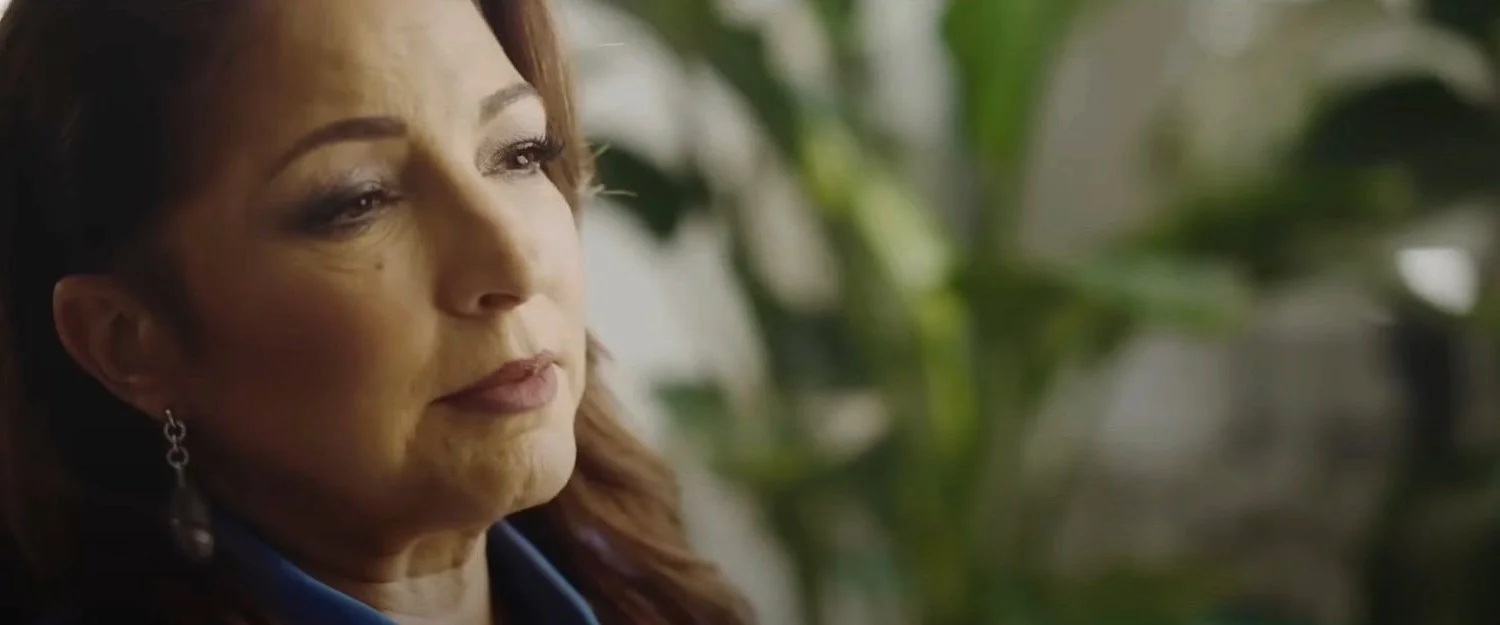
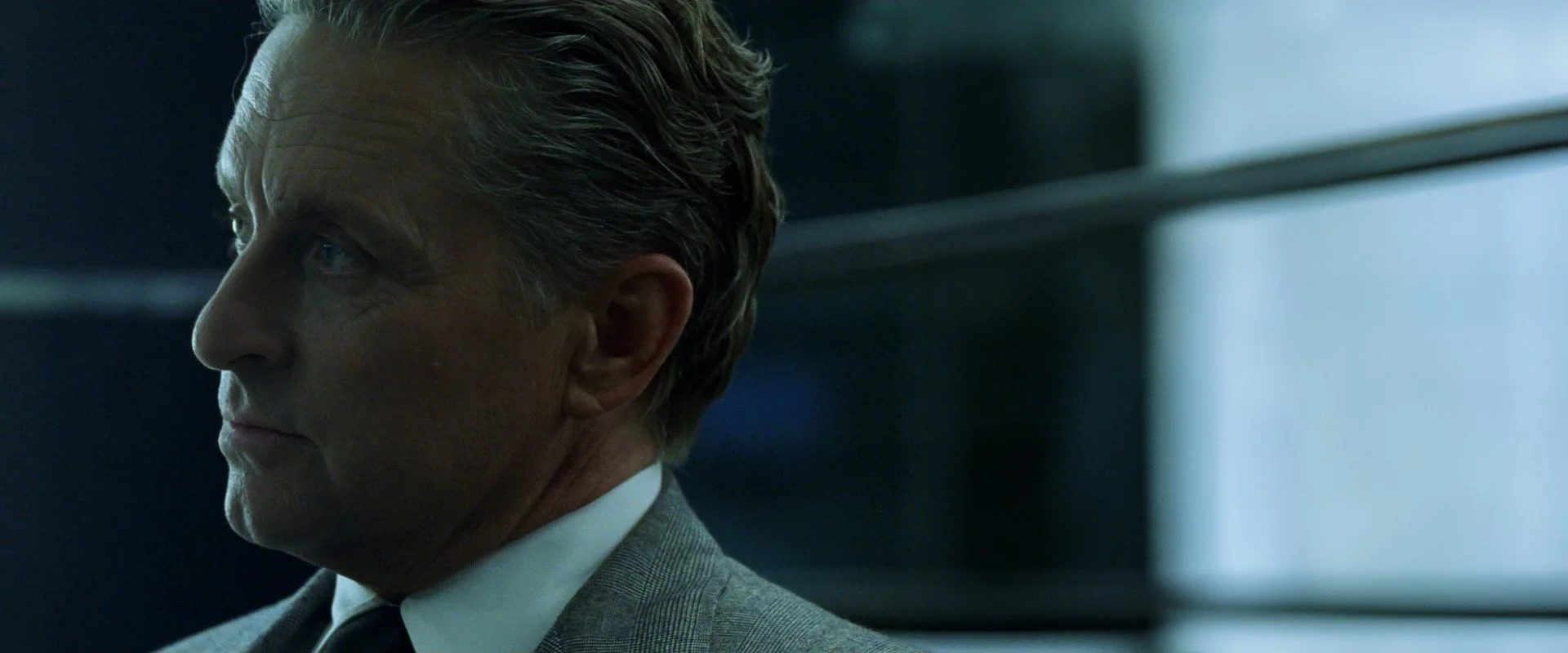


Movement is key
Movement Moves, so does stillness.
One of the ways the audience travels through time and space is by camera movement, or the lack thereof.
Motivated movement gives kinetic energy. We are running away or into the danger.
Strategic stillness is we convey unease. Holding a shot longer than it needs tells us there is more to know.
As the story unfolds, the lens will become the eyes of many.






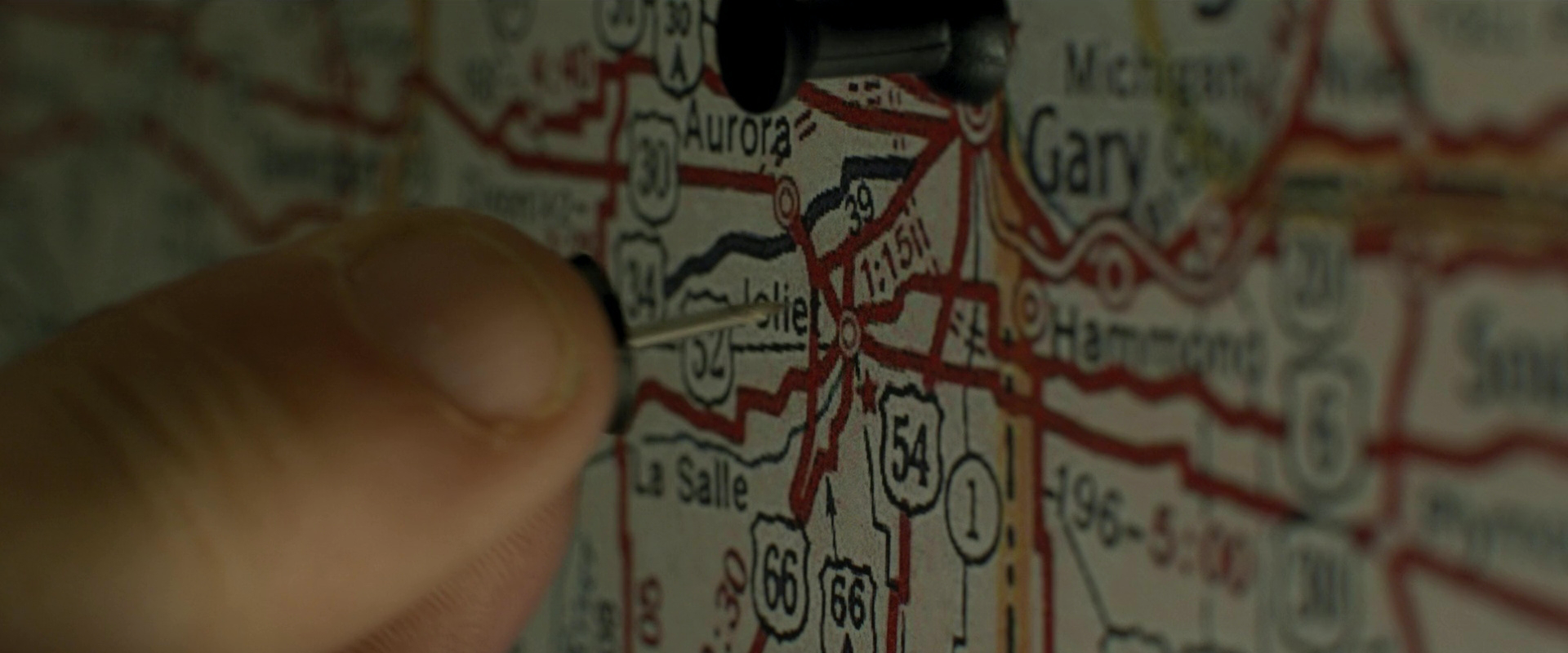
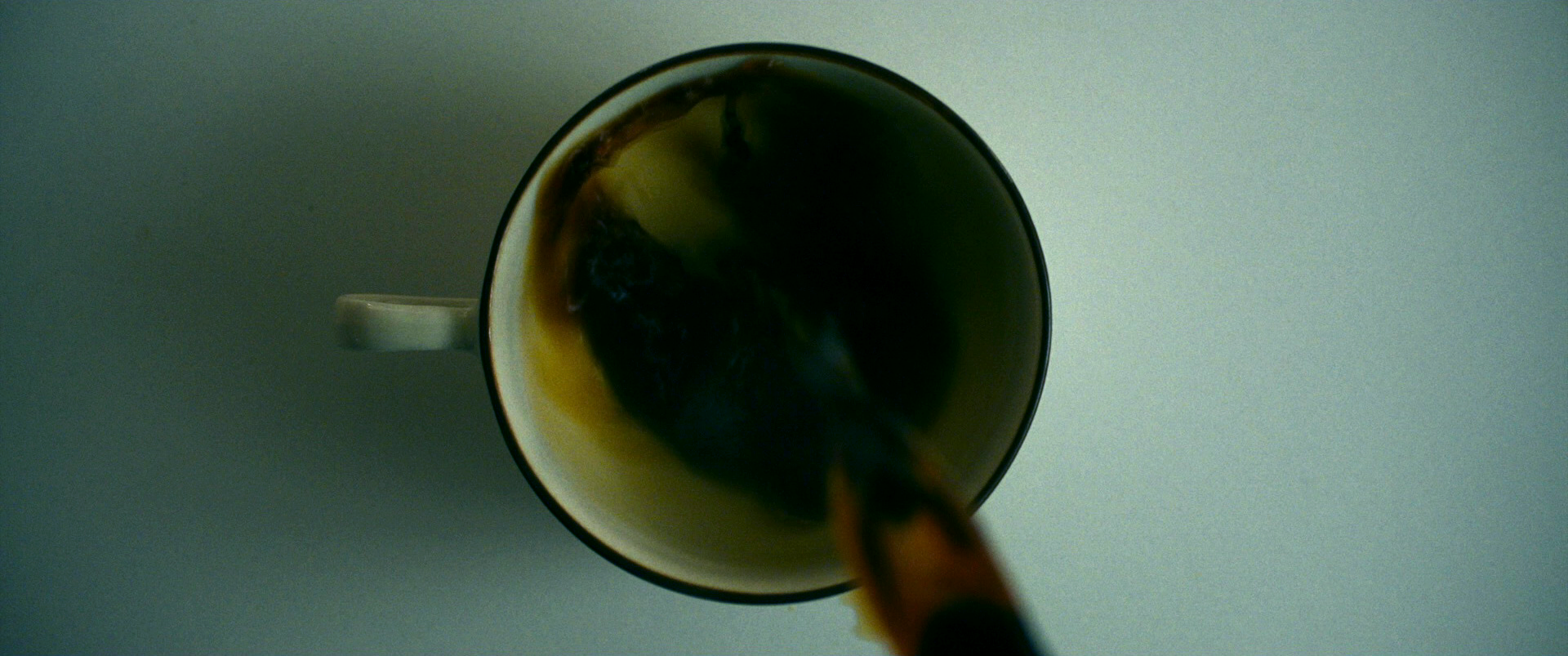
Let’s Move mountains.
fin.

